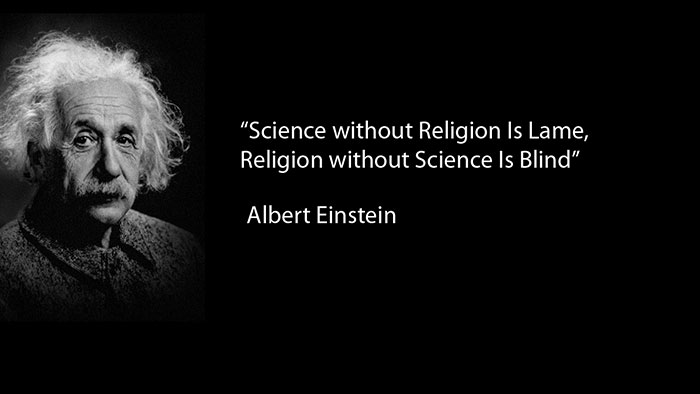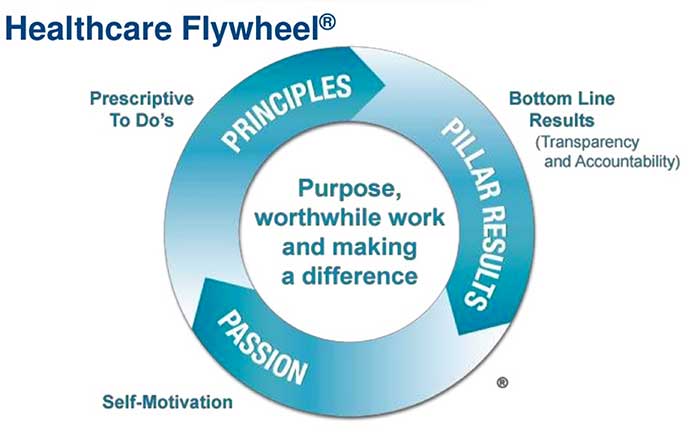Reaching Patients Where They Are – Quint Studer’s Hardwiring Excellence – Social/Digital Perspective Part Two
I was sitting in my Wednesday night prayer group sharing stories of how God has spoken to us this week, sharing perspective of what it means to be grounded. We are taking part in a long discussion surrounding the book “Grounded” by Diana Butler Bass. We spent time going around the room sharing our thoughts and experiences. It is this story I am about to share, bringing me to the next section of Quint Studer’s book “Hardwiring Excellence.”
My close friend has been struggling with severe back pain for years. She is young wife, mother, active professional with a simple issue, back pain. She had reached a point where after seeing lots of doctors, lots of different pain medications, lots of therapies…enough is enough. After visiting lots of different surgeons, researching lots of different options, asking for lots of referrals; she finally found the man who would help relieve her pain.
She was sitting in her consultation and noticed a quote on the wall that brought her tremendous insight and resolve, a quote by Mark Twain: “Science without religion is lame, religion without science is blind.” This quote put an imprint in her mind as Dr. Bucci walked through the door and shared with tremendous confidence that he was 95% positive he could fix her back. My friend sat their and took a deep pause while trying to share this confident statement by Dr. Bucci…a pause that brought tears to her eyes, tears of joy, relief, and faith. As she was telling this story, I noticed the room of twenty people were listening oh so intently, tears were being shared, and joy expressed.
In the second chapter of “Hardwiring Excellence,” Quint Studer lays the groundwork for the rest of the book with his fundamental principle, “It all starts with a commitment to Purpose, Worthwhile Work, and Making a Difference.” Most importantly, this story is a reminder, it is still about the patient. Yes, we get so wrapped up in so many other areas of healthcare and hospitals including finance, operations, provider networks, IT infrastructure, physician recruitment, mergers and acquisitions, and other items that emerge as major goals. But, we have to put the patient and employees at the top of the list.
Chapter Two of “Hardwiring Excellence” is a reminder of the core fundamental value of making the patient a priority. Quint lays out his core values surrounding the healthcare flywheel with principles, passion, and pillar results as the major components, driving momentum for change. When we hear my friend’s story, it is not only the passion of the patient that we can identify, but it is the perception of the physician’s commitment to the patient that drives our desire to engage with the story. She shared only one story with the group, it was a story that will create change in her life…a story that will drive others around her to remember Dr. Bucci and even share this experience with others.
We spend so much time, effort, energy looking for problems inside healthcare. We are trained to identify deficiencies, areas for improvement, opportunities to pivot or alter the current course. So why don’t we spend time celebrating the areas that bring value, beauty, kindness…the positive areas of the culture. If we are doing good work and we are solving problems inside healthcare organizations, why are we not sharing these moments? I can tell your why, it is extremely hard to quantify the number of patient stories as it directly relates the increased impact to the charge master.
So…here is the question. How can we as healthcare professionals use social and digital experience to start positive conversations? In person conversations? Online conversations? Connective conversations? We must tell stories of positive change…stories to ignite the fire, the passion inside the healthcare flywheel. Quint Student says that passion is the ignition for the healthcare flywheel.
Stories are the fundamentals; patient stories and employee stories bring texture to the passion in the flywheel. Social and digital properties are the connection point that meet patients where they are. Quint outlined this idea of meeting patients where they are when he described how the homeless were being discharge back into the cold, probably giving them poor patient satisfaction scores. They realized that these surveys were sent to patient’s homes, but the homeless probably do not receive these surveys because they do not have a home to receive them.
We have to reach people where they are and connect with them in a way that provides a meaningful experience. Patient stories are not always stories of success, ones that we package up in a video or a social media post or on a billboard along the interstate. Patient stories are the platform and the space to provide a wonderful, meaningful experience where it gives the patient the appropriate language to share their story. My friend’s experience is not a video. It is not on a billboard. It is not a picture on Facebook. It is an experience where she felt completely open to share, a moment in time that brought comfort and excitement to her life. That is doing the good work.
There is one quote at the end of Chapter Two that just made sense to me.
“Patients receive better care. Employees take pride in working for such an excellent organization, and they line up to work there. Physicians refer more patients. Revenues increase. Leaders are more equipped lead. Training is recognized as essential. And the flywheel spins.”


